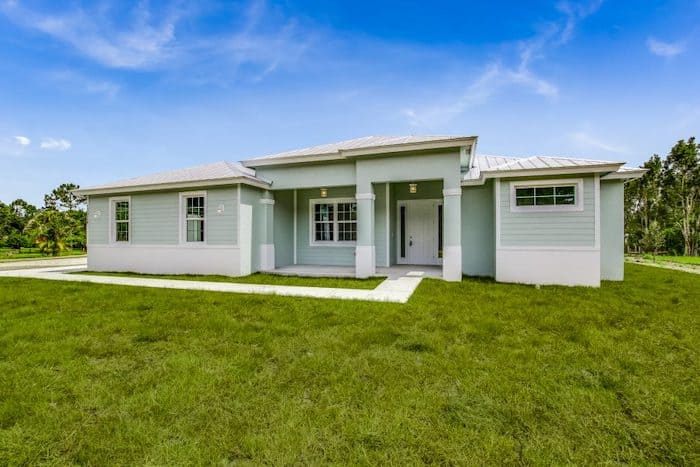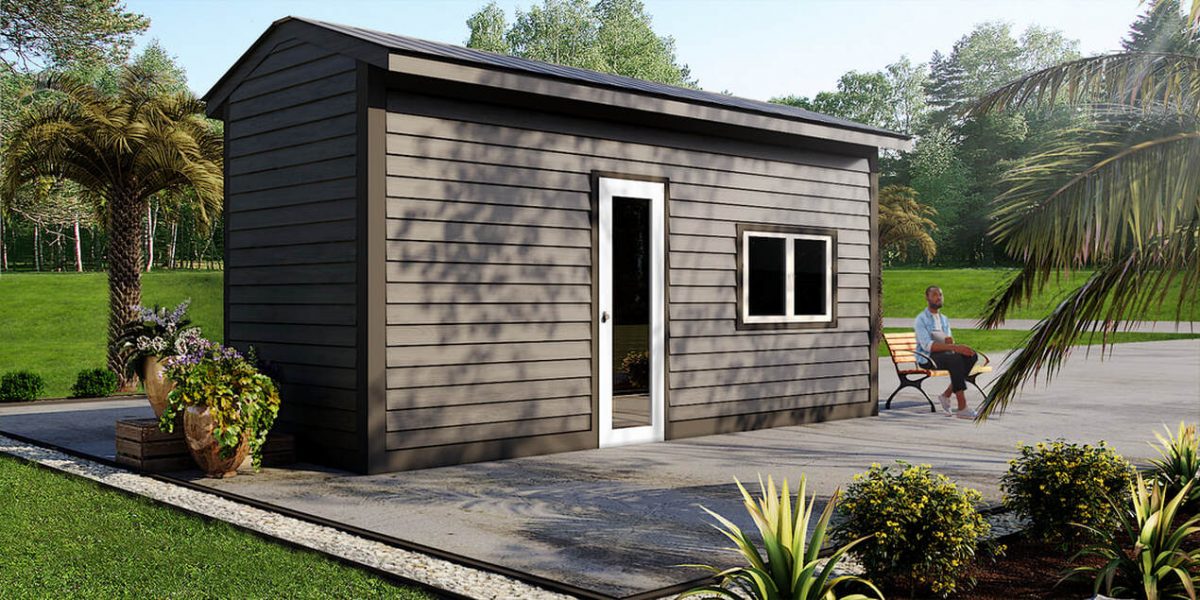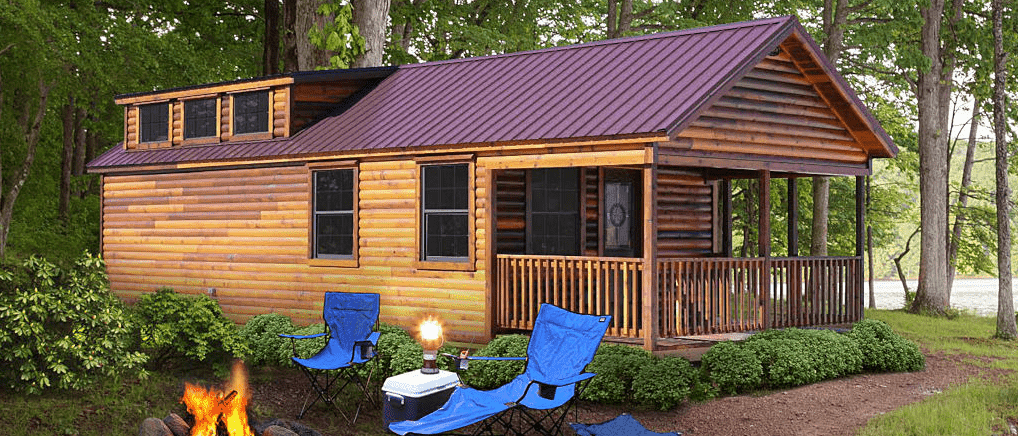The biggest advantage of downsizing to a mobile home or a tiny house is that it can cut down on living expenditure to a great extent. And tiny house communities in Georgia help achieve just that. So, for anyone trying to downsize from an apartment or a large-sized home, Georgia fits the bill like none other. It is advisable to carefully plan your relocation, ensuring that your tiny abode complies with state and local zoning laws.
Although prebuilt tiny homes are legal in several quarters around Georgia, you should always check the ever-changing municipal policies and local regulations. On top of that, you should also make yourself aware of the housing regulations in your city and state to adhere to the building and safety standards.
Here, we will be looking at the different cities that permit tiny house communities in Georgia, the different types of tiny houses you can set up here, how you can build prebuilt tiny homes here, and the various nitty-gritty encompassing tiny house communities in Georgia.
So, let’s start the take-off run and head to the realm of Georgia’s tiny house communities, a dream space for minimalist lovers.
Are there tiny house communities in Georgia?
Well, the short answer to the question is a resounding YES. Some counties in Georgia do have tiny house communities.
It must be pointed out here that tiny houses must comply with municipal zoning regulations, which vary greatly from one jurisdiction to another and apply to all RVs and houses in Georgia. Location, land use, width, height, minimum lot, type of foundation, building sizes, and number of floors are some of the many factors these local zoning laws often regulate. Thus, the tiny house builder and potential buyer must get the tiny abode approved by the local government.
Are Tiny Houses Legal in Georgia?
Tiny houses in Georgia do not come under any governmental regulation. It is solely upon the respective city and town of the state to permit them or not. Since tiny homes aren’t outright prohibited and comply with local laws, they are considered legal all around the state.
It must be pointed out here that the laws controlling Georgia’s tiny houses greatly vary between cities. For instance, while Georgia has multiple tiny house communities, some areas of Atlanta have stringent regulations governing tiny houses.
Which Counties in Georgia Permit Tiny Houses?
Here, we have curated a list of counties where you can find tiny house communities in Georgia. Let’s take a look at them.
- Savannah
- Albany
- Columbus
- Atlanta
- Macon
What are the different types of tiny homes in Georgia?
The Georgia Department of Community Affairs defines tiny houses as single-family houses having a surface area of 400 square feet or less than that, excluding the loft area. This department has acknowledged four different types of tiny homes, namely:
- Modular (Residential) Industrialized Structures
- Site-built living spaces
- RVs or recreational vehicles
- Mobile houses
What are the essential parameters for a tiny house to cater to the Georgia building code?
Tiny house communities in Georgia must comply with a few restrictions implemented by the state’s building code. As per data, here are some of the requirements that a Georgia tiny home must cater to:
- A minimum surface area of 120 sq. ft.
- The minimum height of ceilings should be 6’8″.
- Rooms that are not meant for sleeping should have a minimum surface area of 70 sq. ft.
- There should be at least 320 sq. ft. of land area.
You must also cater to some basic criteria for emergency exits, smoke and carbon monoxide detectors, ventilation, plumbing, and light.
Where can you legally park your tiny home in Georgia?
This contentious topic is kicking up a storm in many tiny house communities in Georgia. The solution to this weird conundrum is the state’s zoning regulations and city laws. The municipal rules and regulations can give you a thorough idea of where to park or erect a tiny house in Georgia.
How to erect a tiny home in Georgia?
So, have you made up your mind to put up your dream home among numerous tiny house communities in Georgia? The below-mentioned checklist would ensure legal compliance. Let’s take a look.
- Decide on the type of tiny house you want: Do you want prebuilt tiny homes for your backyard or want to be mobile with a tiny house on wheels?
- Comprehend the various ordinances and local laws: Next, check the legal requirements for building a tiny house in Georgia. The neighborhood library can be a great source for the same.
- Select a trusted tiny house builder: The builders listed at TinyHouseMe specialize in building class-leading tiny houses. They would also help you learn the rules you should follow.
- Select a location: While some prefer relocating where the zoning codes are not that stringent, some set up their tiny home in their large backyard.
Once the construction process is accomplished, you will require homeowners’ insurance. Though it is not mandated by law, getting one is advisable to protect your tiny house from unforeseeable threats. Always compare the different policies available on the market before purchasing.
Final Take:
So, this was all about tiny house communities in Georgia. Whether you are looking for a tiny house on a foundation, a tiny house on wheels, or a prebuilt tiny home in Georgia, TinyHouseMe is the place to be. We have an online directory with a complete list of trusted tiny home builders in the U.S. and Canada. We would connect you directly with the builders and ensure you get a faster response and priority service from them. Sign up now!






